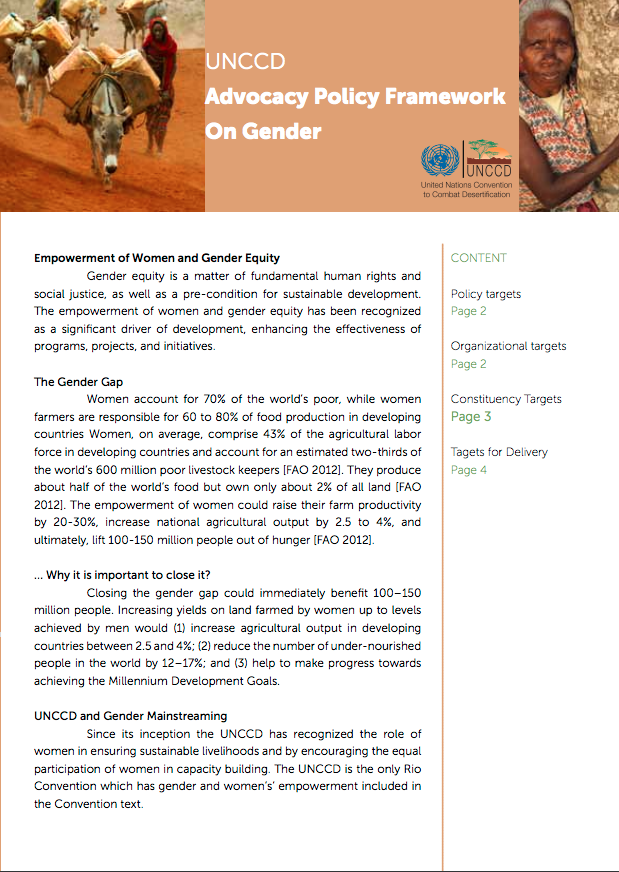What determines contribution to a common fund for upkeep of water infrastructures? Evidence from experimental game in Coastal Bangladesh
This interactive poster was presented at the 2013 Stockholm World Water Week. It describes the results of a 'public good game' carried out with farmers in the polder zones of coastal Bangladesh in order to understand determinants of contributions to maintain a public good.





